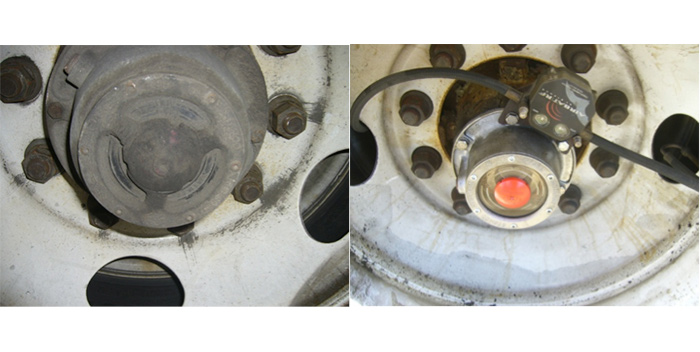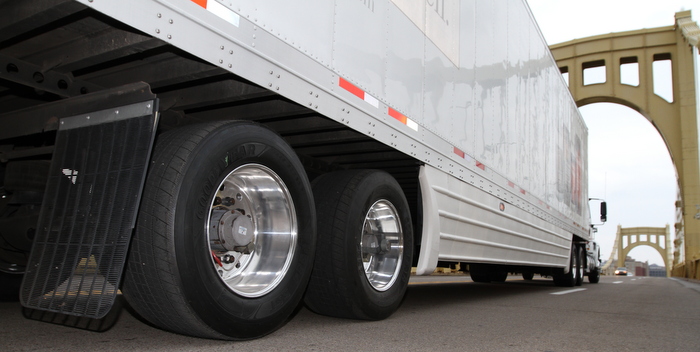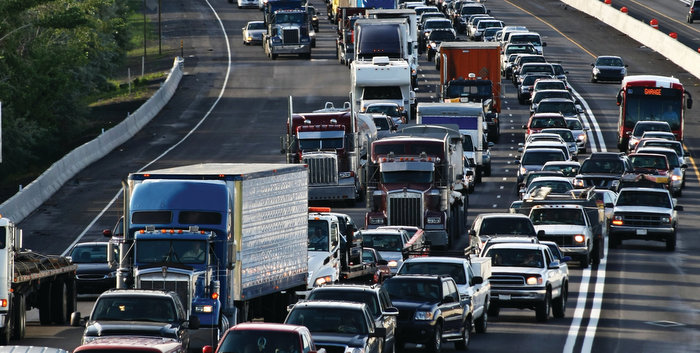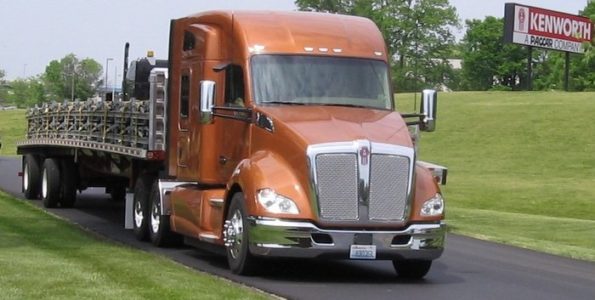Recently, I had the opportunity to visit Germany to get first-hand experience with truck component technology that is headed our way. (I also visited a fleet in Austria that has first-hand experience with diesel engines using urea –– see page 56.) While the trucks I drove were primarily intended for European highways, some did sport transmissions and drivetrains that are either currently available in North America or are about to be introduced here.
Notable among the components tested were the ZF Freedom line for heavy trucks and the AS Tronic mid and lite for medium- and light-delivery vehicles. While the Europeans refer to these as automatics, we refer to them here as fully automated manual transmissions. In Europe, they are the transmission of choice for manufacturers like Iveco, DAF, MAN, Renault and Volvo. With its 12 speeds, the AS Tronic covers the torque range from 1,180 to 2,287 ft.-lbs. while the 16-speed version offers particularly fine spreading for engines with up to 1,918 ft.-lbs.
The mid range version is based on the large AS Tronic; the 12 gear steps are shifted pneumatically. In order to cover as many types of application as possible, ZF offers the AS Tronic mid with a low power-to-weight ratio for torque ranges from 590 ft.-lbs. to 1,180 ft.-lbs. The AS Tronic lite is a 6-speed transmission for light trucks (369 to 775 ft.-lbs.) and light buses is based on the manual transmission ZF-Ecolite. The AS Tronic lite is equipped with an electro-hydraulic shift module –– this means applications are possible even in vehicles without compressed air supply. This lite 6-speed transmission range also provides the basis for the ZF hybrid version. Under the name “ZF HyTronic,” there will soon be solutions that are fully suitable for everyday use.
I also had a chance to drive a Ford F-450 pickup truck loaded with hay bales and powered by an International 6.4 liter diesel engine with a 6-speed ZF PowerLine transmission, which covers torque ranges from 442 to 738 ft.-lbs. and is equally suitable for use with diesel and gasoline engines. Thus, the ZF-PowerLine aims at light commercial vehicles and small buses as well as pickups. This transmission will be available in Nissan Class 3-5 commercial trucks in North America within the year. (Watch for more information on this product in Seth Skydel’s column in the September issue.)
Besides being incredibly easy to drive, even for a vertically challenged person like me, these fully automated manual and automatic transmission are designed to provide optimum shifting that equates to better fuel efficiency.
Fuel efficiency and controlling operating costs are the drivers behind the new technology. In his comments to those of us gathered at the test drive event, Wolfgang Vogel, executive vice president of the ZF Group, cited the economy as the number one factor driving the company’s innovations.









